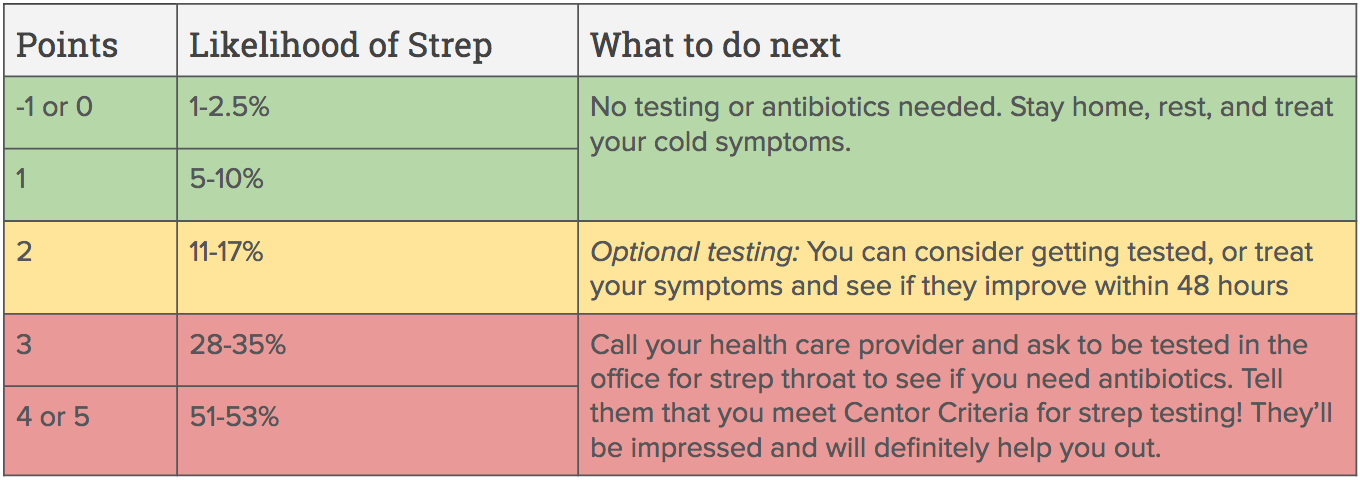Kids often come down with painful, scratchy throats. Colds and other illnesses are usually to blame. Irritants such as smog in the air can also make you feel raw. Strep throat is spread by bacteria. You must know whether you or your kid has strep or another disease, so you can get the right medicine.
Table of Contents
Strep Throat
Strep throat is tenderness and swelling of the throat, tonsils, and lymph nodes.
While most sore throats cause mild symptoms and clear naturally, without the help of medical treatments, strep throat generally needs a course of antibiotics.
Untreated strep throat can lead to severe difficulties such as otitis, heart problems, renal problems, and even rheumatic fever. On the premises of a weak immune system, strep throat can be very critical, in which case doctors prescribe immediate medical treatment with antibiotics.
Lots of people think that it only affects children. This idea is insolvent, as it can be procured by anyone, regardless of age. Although it has the highest incidence in very young children and teens, it can also happen in adults.
In fact, it is more likely to cause complications when it acquire by grown-ups. Adults who bear from it usually have more intense symptoms and they require a longer period of recovery from illness. When it happens in the elderly, it is harder to overcome and the infection with streptococcus bacteria is very likely to become systemic.
Suggestions
When suffering from strep throat, its suggests to pay a visit to your doctor as soon as possible. The doctor will perform an overall physical scan, to show any clinical signs of bacterial infection. Unlike viral forms of the illness, it usually causes expansion of the tonsils and lymph nodes, symptoms that are very suggestive for infection with bacteria. Fever is also a very revealing indication of strep throat.
The presence of these common signs of strep throat is usually enough for diagnosing the illness. To verify the clinical diagnosis, doctors may also take samples of the inflamed tissues for laboratory report. If the cause of illness proves to be a disease with group A streptococcus bacteria, the doctor will guide you an appropriate treatment with antibiotics.
The effectiveness of existing treatments in curing strep throat strongly depends on the efficiency and speed of diagnosis. In case the diagnosis is incorrect or established late, the patients are exposed to the uncertainties of receiving the wrong treatment. It may result in increased resistance of the bacterial strains implicated in causing strep throat to medications and of producing serious difficulties.

The treatment of strep throat most often involves the use of antibiotics, medications that play a significant role in destroying the causative bacteria and stopping the occurrence of a variety of complications (acute rheumatic fever, kidney disease, coronary disease).
Symptoms
Strep throat is a bacterial infection in the trachea that results from a bacterium called streptococcus (Group A) and normally confuse with disease and sore throat. It can produce a sore throat but not forever. Tonsillitis is a state where tonsils redden, become sore. This term does not represent a definite infection but is considered for any pain on tonsils.
It can also cause a sore throat. That tells the difference between those three frequently complicated terms. It is very common in the young and teenagers though it can occur in anyone. There are some very important strep throat symptoms while there are others that can be easily mixed with other infections.
- A fever of 101 F or higher
- Red, swollen tonsils
- White patches in the throat
- Tiny red spots on the roof of the mouth
- Appetite loss
Treatment
Treatment for strep throat is very simple, it can be done with the help of medicine or it can be treated with natural methods, depending on what the victim chooses.
Remember to always advise your doctor before discussing any type of treatment. Don’t start treating yourself without guidance from someone specialized because you don’t know how far your strep throat has advanced and if the remedy you chose will give best results.

The medication utilized to treat strep throat is antibiotics because they are very useful against viral infections. The type and amount of antibiotics that should be taken as directed by the doctor.
Antibiotic medication usually cures it in 3 days. It must be used for 10 days in order to kill all the bacteria left and prevent it from re-appearing.
How to Keep It from Spreading
Have your kid stay home from school or day-care until the illness is gone and he has been on an antibiotic for at least 24 hours. Same for you and the workplace. Other suggestions:

- Don’t share cups, dishes, prongs, or other personal items with someone who’s ill.
- Ask children to cover their mouths with a tissue or cover whenever they cough or sneeze.
- Have everyone in the house clean their hands or use an alcohol-based hand sanitizer many times every day.
Untreated Strep Throat Can Lead To Serious Complications
Strep throat is very infectious, and it can be easily procured in the flu seasons. Unlike in the case of sore throat, the traits of it have a fast onset and they are considerably more severe.
Sometimes, clinical examinations alone can differentiate between sore throat and strep throat. By including patients’ body temperature and by examining the appearance of the tonsils, doctors are usually able to tell whether the infection is produced by viruses or bacteria. However, it can be precisely diagnosed only with the means of laboratory tests.

Because antibiotics can cause various side effects, physicians only command these drugs when the illness is serious. If the throat inflammation doesn’t seem to be caused by infection with streptococcus bacteria, doctors usually suggest letting the illness heal naturally.
If the symptoms of strep throat continue for more than a few days and appear to intensify, physicians may guide treatment with penicillin or amoxicillin. These antibiotics have been strongly used to cure strep throat for decades. They are still effective in overwhelming the illness in present.





